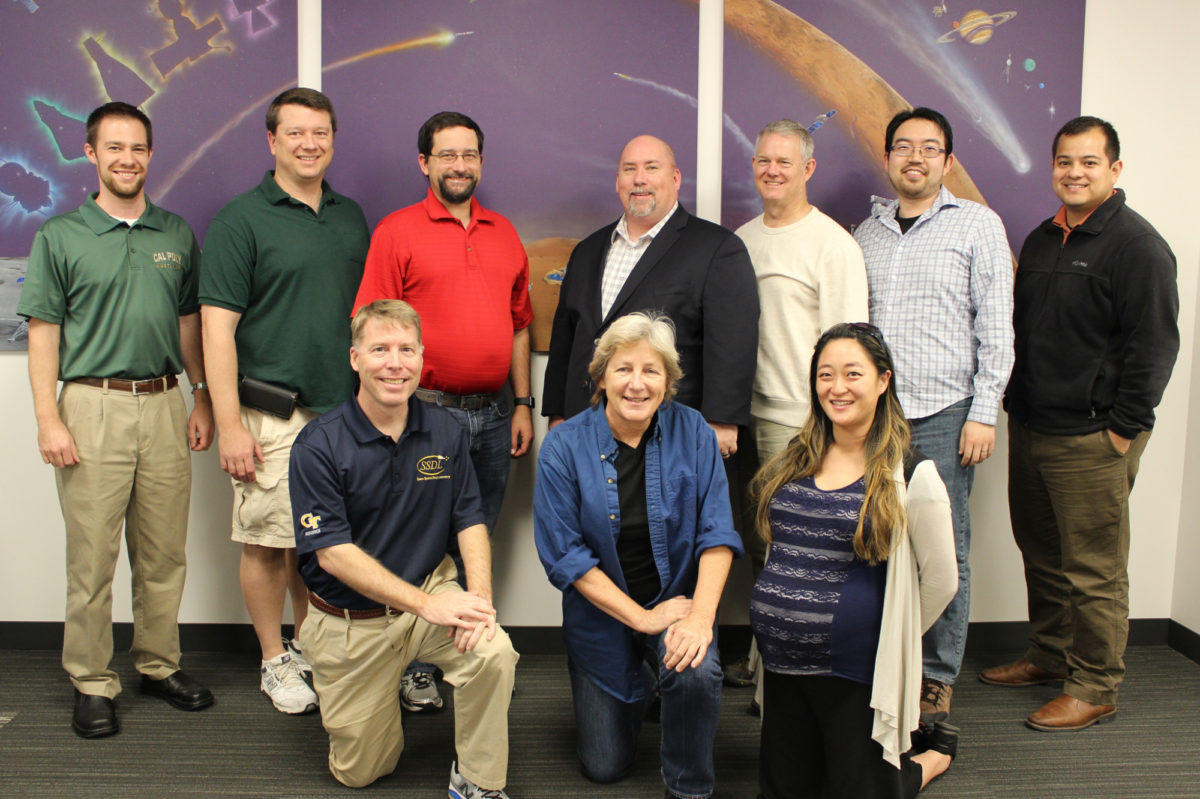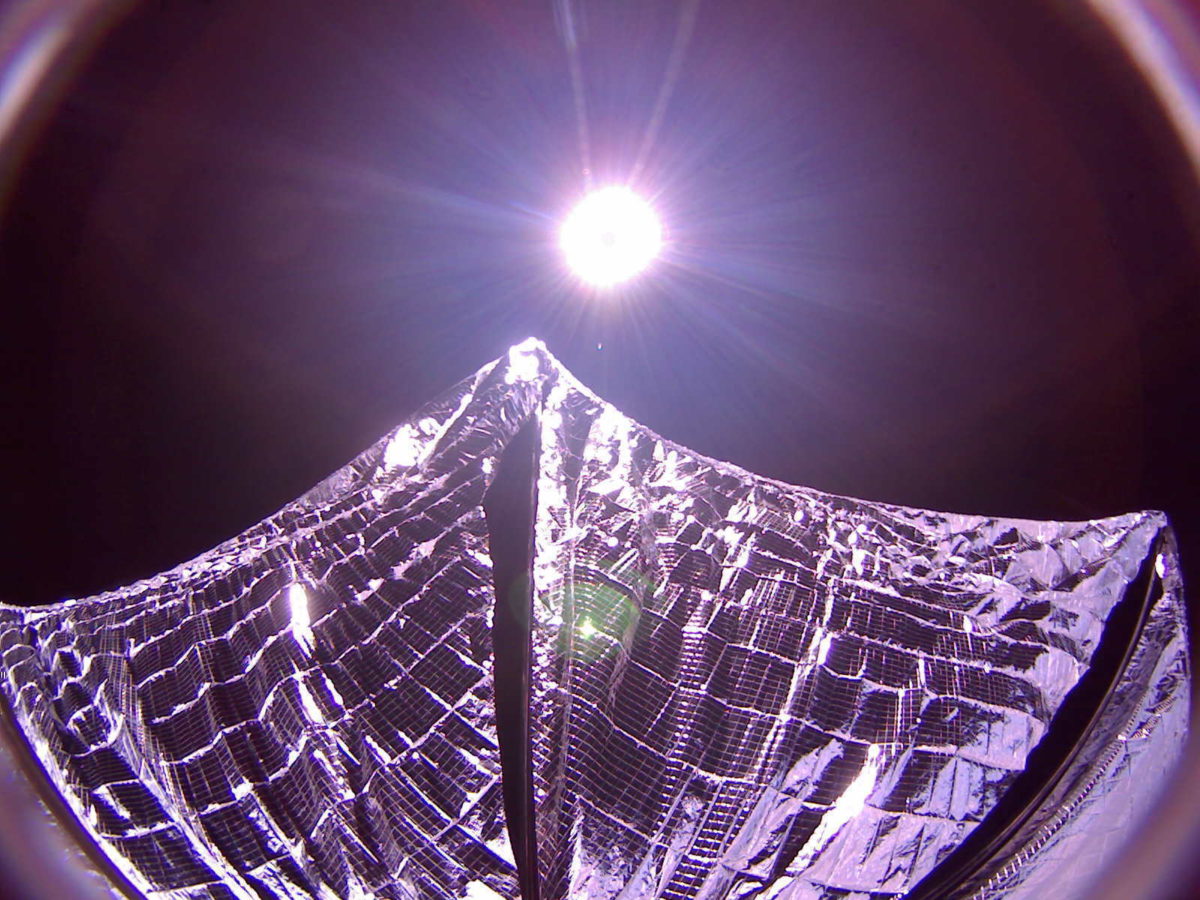Jason Davis • Dec 17, 2015
LightSail Program Wraps Busy Year with Test Readiness Review
Monday afternoon, a dozen LightSail engineers, managers and program heads sat in a conference room at The Planetary Society's Pasadena, California headquarters. A display monitor on the wall flicked through PowerPoint slides bearing titles like "Telemetry Readiness," "ADCS Architecture," and "Watchdog Timers Summary.” One by one, team members talked through their readiness to proceed with full system-level testing of the solar sailing CubeSat.

The Test Readiness Review meeting, or TRR, marks the culmination of a busy year that started with an official announcement that the first LightSail spacecraft would hitch a ride to space aboard a United Launch Alliance Atlas V rocket. In May, LightSail spent three-and-half weeks in space, ultimately deploying its solar sails before tumbling back into Earth’s atmosphere as planned.
With little time for a breather, the team began work on the second LightSail spacecraft, internally dubbed LightSail 2, which will fly to a 720-kilometer Earth orbit to demonstrate controlled solar sailing. Following a multi-month overhaul of the spacecraft’s hardware and software to fix glitches encountered during the test mission, component testing and assembly began in October.
LightSail is nearly a whole spacecraft. Almost all of its internal components have been individually tested, and the three-unit CubeSat—about the size of a loaf of bread—is mostly assembled.
Monday’s TRR laid out the plans for a rigorous testing suite that will verify LightSail is ready for flight. In mid-January, the spacecraft will be sent to an anechoic chamber, where its antenna will be optimized for communicating with ground stations at Cal Poly and Georgia Tech. Around the same time, long-duration software simulations will begin on BenchSat, LightSail’s acrylic-mounted test unit. These tests will be critical in validating the flight software, as well as uncovering bugs similar to ones that stymied the test mission.

Next comes a series of boom deployment tests without the sails attached. Because of uncertainties surrounding how far the sails were deployed during the test mission, a set of epoxy markings will be applied to the sail booms. This will give engineers a visual measuring stick in on-orbit images.
Finally, a day-in-the-life test will validate the spacecraft’s deployment hardware, including the antenna, solar panels and Mylar sails. Once LightSail is verified to be ready for flight, it will be shipped to Georgia Tech for installation in its parent spacecraft, Prox-1. Prox-1 will release LightSail in space, track down the CubeSat, and watch as the solar sails are deployed.
LightSail will then spend a month solar sailing, raising its apogee by about a kilometer per day. At the same time, its perigee will decrease, eventually reaching a point where the thrust gained from solar sailing is overwhelmed by atmospheric drag. This milestone—expected after a month of operations—will mark the end of the CubeSat's primary mission. By measuring LightSail’s increased apogee, mission managers will be able to verify that controlled solar sailing had a measurable effect on the spacecraft’s orbit.
To re-visit some 2015 LightSail highlights, check out our first contact article, the spacecraft’s backstory, and our video recap.

Support our core enterprises
Your support powers our mission to explore worlds, find life, and defend Earth. You make all the difference when you make a gift. Give today!
Donate

 Explore Worlds
Explore Worlds Find Life
Find Life Defend Earth
Defend Earth

